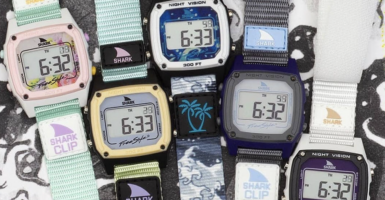Clever Inventions That Might Seem Modern, But They’re Actually Really Old
While the wheel is credited as being one of the first and most important inventions of early humans, there are many other surprising creations that have been available for hundreds of years. It’s easy to have the impression that humans weren’t as advanced as we are today because of our access to technology and science but as they say, necessity is the motive of invention.
From booze to boats, our ancestors experimented with what they had available and invented some amazing tools, cultural mainstays, and other items.
Rap Battles

Rap battles date back to 15th or 16th-century Scotland. It was called flyting and it was practiced by Scottish poets. The contest would see two poets engage in an exchange of verbal abuse, often times in a verse and the winner was usually decided by the audience.
The winner would then enjoy a nice cup of beer and would not invite the loser to drink. Flyting was so popular that often times obscenities and vulgarities would just be completely overlooked even though they were not permitted in public. King James IV was known to be a big fan of flyting.
Toothbrushes

The first toothbrushes were nothing more than some sticks with frayed ends that were rubbed against the teeth. They didn’t work all that well, but they gave the user some refreshing breath. The ancient Chinese used to chew on sticks back in 3,000 B.C.
The first modern toothbrush didn’t appear until the 15th century in China. It was made out of bone or bamboo and had natural bristles made out of the hairs of a hog’s neck. They then went to horse hair because it was softer which was mostly used up until the 20th century.
Glue
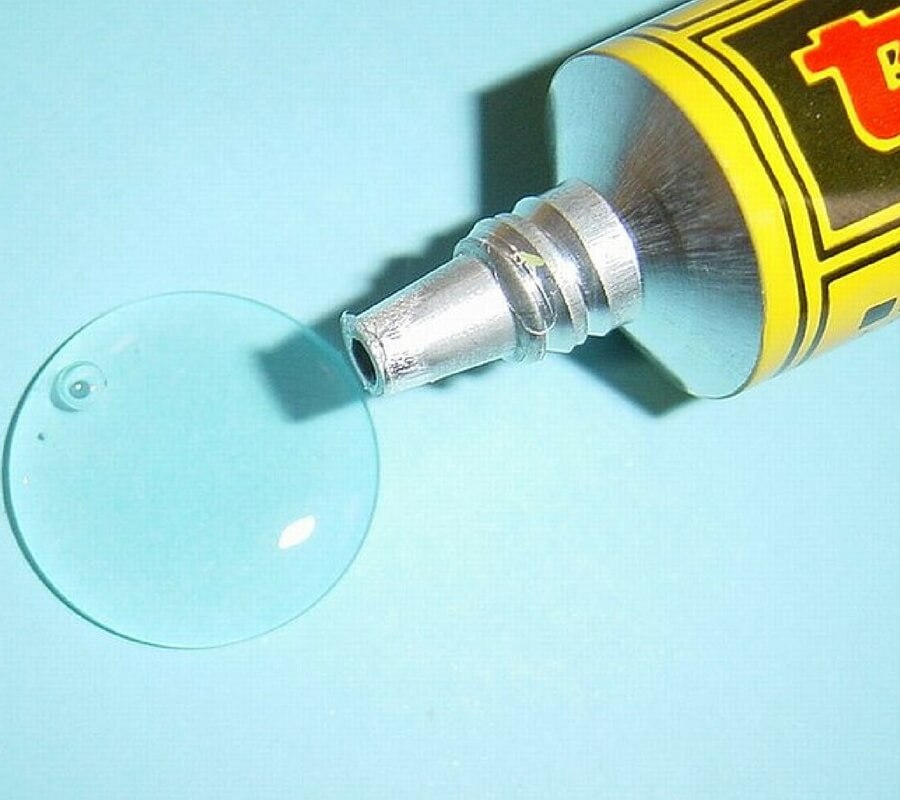
The earliest use of something that resembled glue was founded in central Italy during the middle Pleistocene era (200,000 years ago) when birch-bark tar was used. It’s a simple adhesive that was sticky but brittle and vulnerable to environmental conditions. Neanderthals used this tar to fasten sharpened stones to sticks to make spears.
They upgraded — a more compound version of glue was used in Sibudu, South Africa about 70,000 years ago. They used plant gum and red ochre (natural iron oxide) which created a stronger gum that didn’t disintegrate in wet conditions and allowed for more sturdy weaponry.
The Odometer
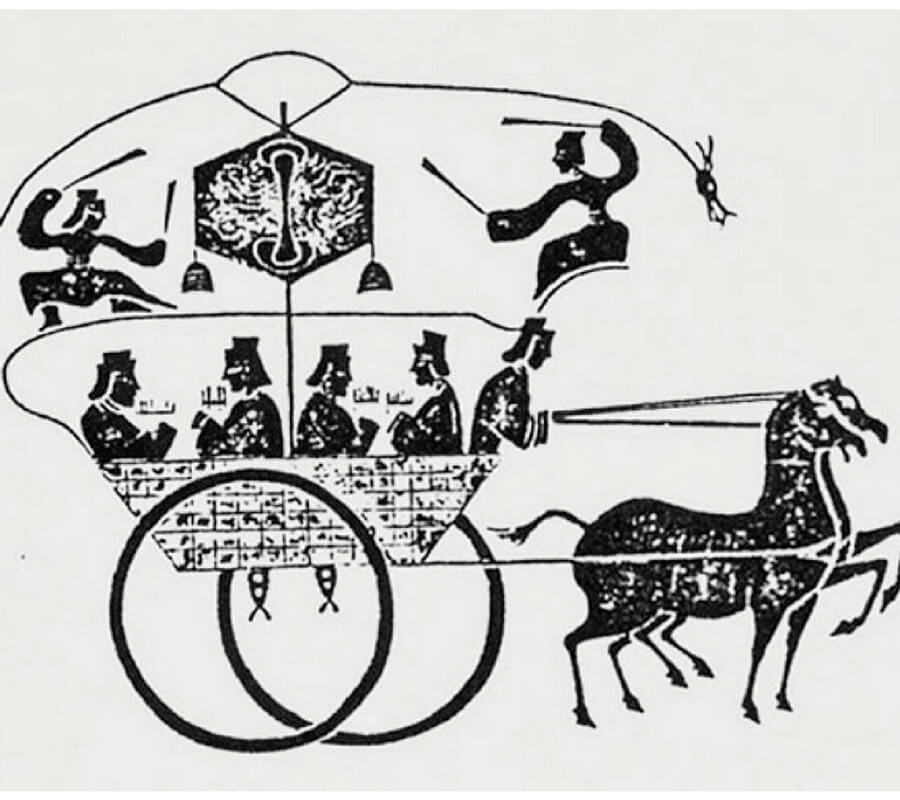
While the odometer may seem like a modern invention because we see them in every car tracking distance traveled, the concept is actually pretty old. It has been around since the ancient Greeks and while the inventor isn’t 100%, many believe it was Archimedes. The concept was based on chariots having the wheel turn 400 times to complete a Roman mile.
When a full revolution was completed, the gear released a stone into a box and by the end of the trip, they would count the stones. It wasn’t long until another odometer was created in ancient China by Zhang Heng. Instead of stones, a drum was struck every half kilometer.
Roller Blades
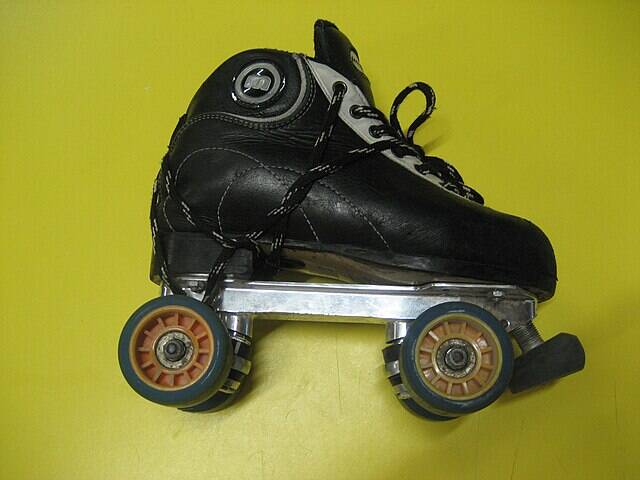
Rollerblades became very popular in the 1960s because of the disco boom, but the invention has a surprising history. They date back to the 1760s when a Belgian inventor put wheels on ice skates. He wanted to show off his new creation so he wore them to a masquerade ball and couldn’t stop and crashed right into a giant mirror.
The first to patent the rollerblade was a Frenchman M Petitbled, and his creation looked like wooden sandals with wheels. It was nearly impossible to turn, stop or do practically anything other than go straight.
Central Heating
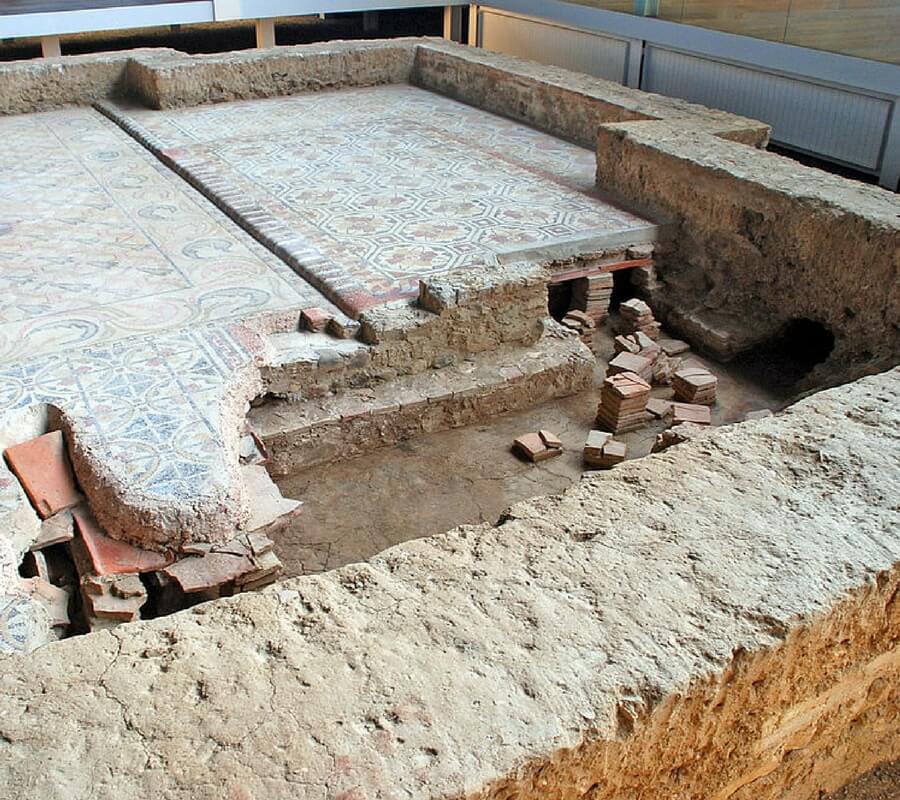
Central heating was originally invented by the ancient Greeks. The buildings in ancient Greece and Roman Empire employed a heating system known as “hypocaust” in which the air was heated by furnaces and was conducted through empty spaces under the floor and pipes in the walls.
After the Roman Empire fell, central heating disappeared and Europe went back to more primitive fireplaces for a thousand years. It wasn’t until the 13th century that central heating was revived in Christian Europe by the Cistern monks using river diversions combined with indoor wood-fired furnaces.
Beer

Beer is one of the oldest prepared beverages made by humans. Evidence shows that beer was produced at Gobekli Tepe during the Pre-Pottery Neolithic era which lasted from around 8500 BC to 5500 BC. It was a fermented beverage using rice and fruit. Any substance containing sugar can naturally undergo alcoholic fermentation which is why it was stumbled upon early.
Archeologists speculate that beer was very important in the formation of civilizations because often times workers were paid in the beverage. Some of the earliest Sumerian writings had references to beer. The Ebla tablets dating back to 2500 BC in what’s now known as Syria mentioned beer.
Dentures
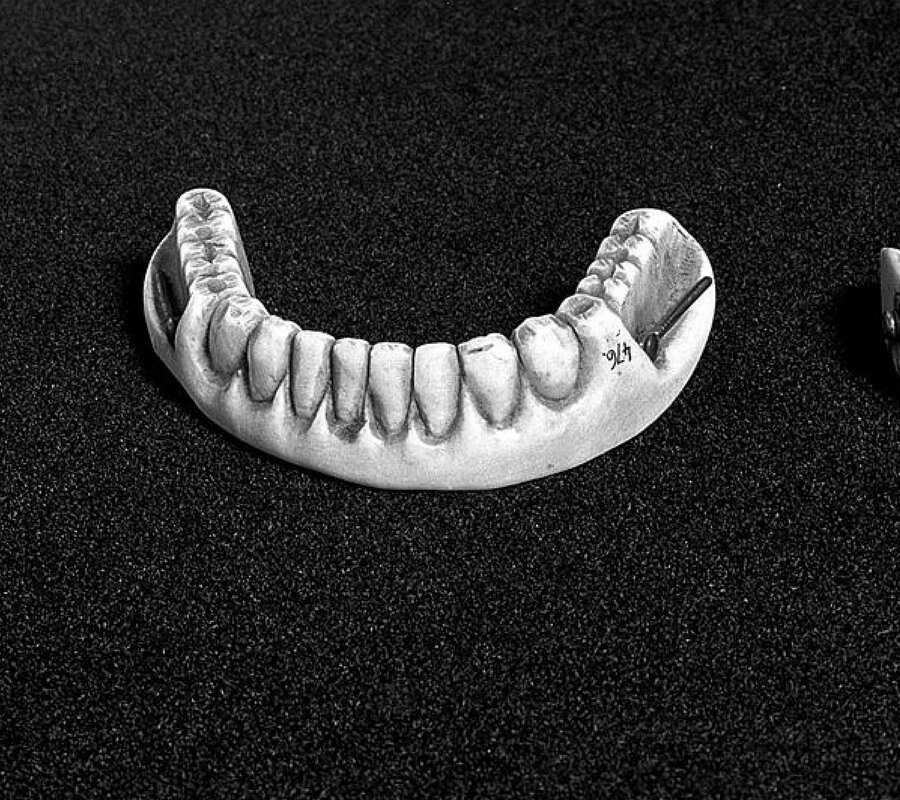
Dentures have a surprisingly long history. It was George Washington who was a famous wearer of dentures, but they go back way before even that. They first appeared between the eighth and fourth centuries B.C.
There’s a lot of evidence that the Etruscans were the first to create fake teeth because there were 700 skulls discovered with gold bands inside of them. Their dentistry skills were actually pretty good considering. They would use animal or human teeth which were fixed onto a gold band with metal pins that secured them in place.
Cooking
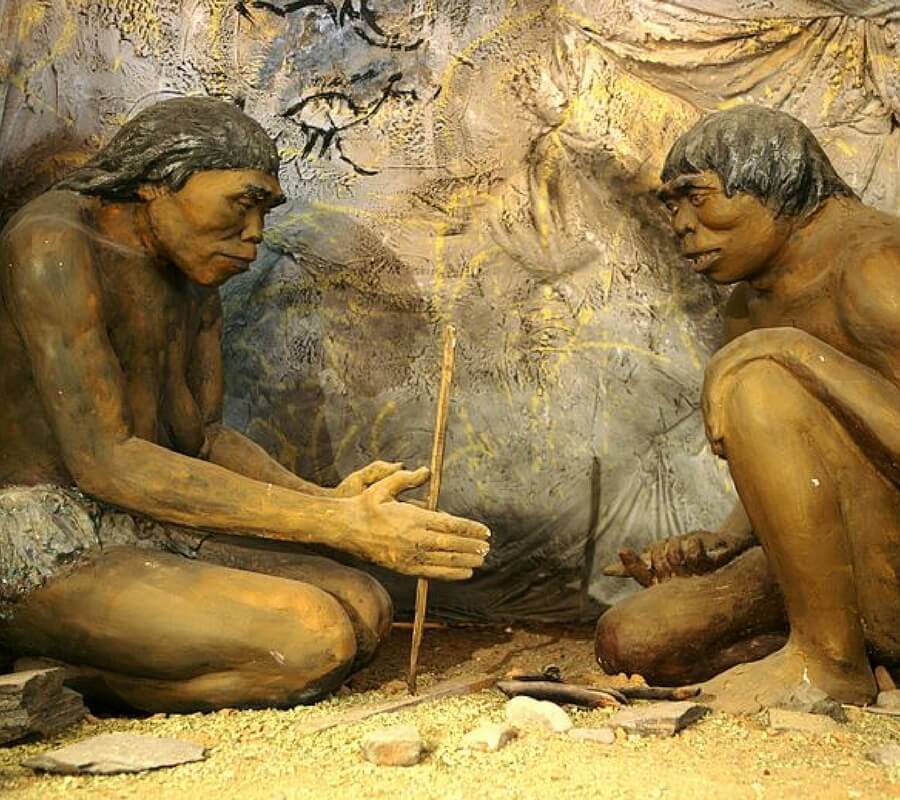
Phylogenetic analysis suggests that human ancestors may have invented cooking as far back as 1.8 million to 2.3 million years ago, Evidence shows that 300,000 years ago ancestors were forming earth ovens that burnt animal bones and flint across Europe and the Middle East. This showed that they had concentrated areas where they would cook animals.
Communication between the New World and the Old World completely changed the world of cooking. With the movement of foods across the Atlantic from the New World to the Old World and the Old World to the New World.
Boats

“Dugouts” are the oldest type of boats found by archaeologists. Boats have been used since the earliest years and circumstantial evidence shows that boats were used in the early settlement of Australia about 40,000 years ago. The boats were made out of logs that looked a lot like a modern-day wooden raft.
These early boats played a very important part in commerce, travel, and military purposes. Being able to travel on the water with large groups changed the way the world is viewed and inhabited.
High Heels
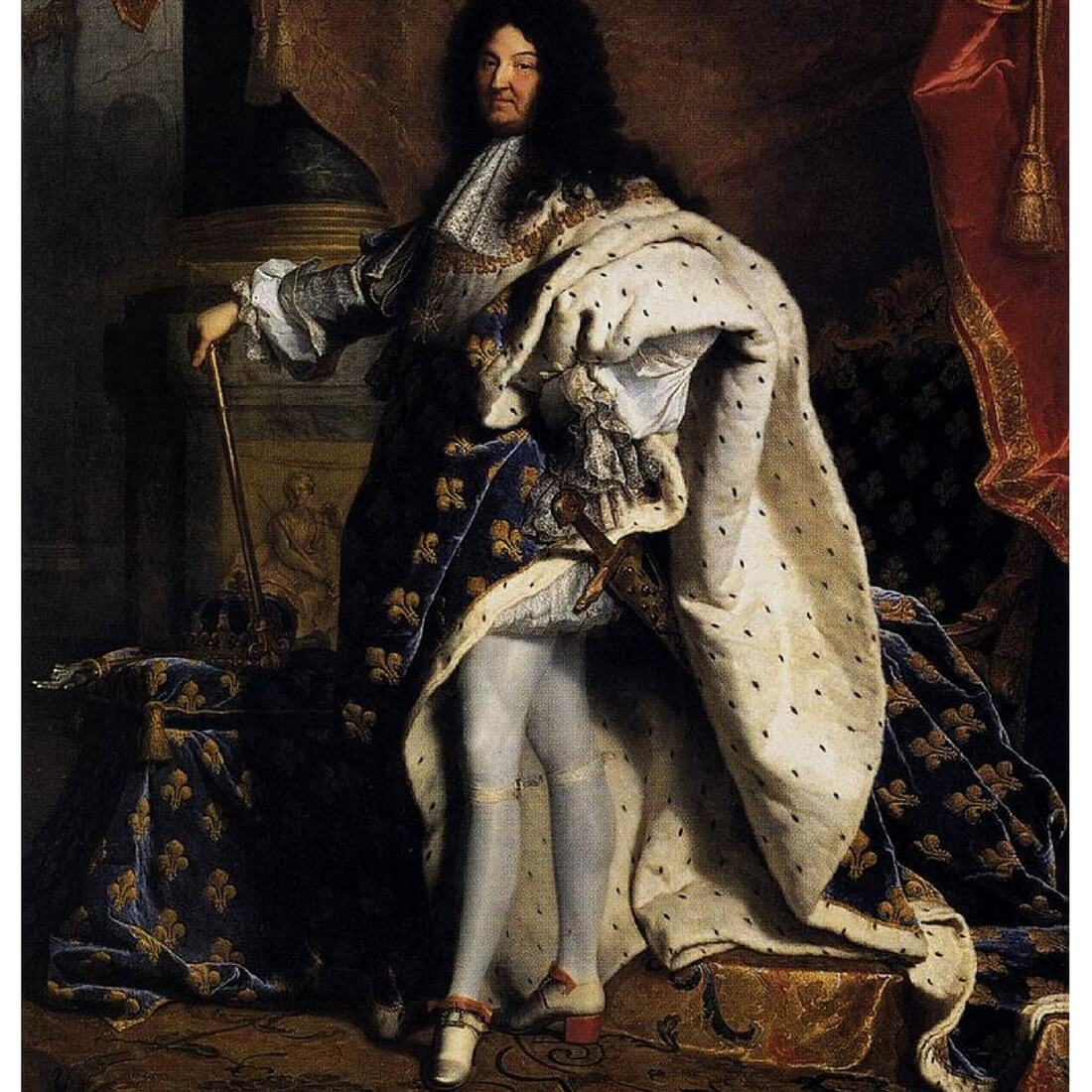
We may consider high heels somewhat of a modern day accessory used mostly by women to enhance their aesthetic to look like they have long slender legs. But back in the ninth century, they had a more practical use for men. Archers would wear high heels because they would allow their feet to be more secure in stirrups for when they shoot their arrows.
By the 17th century, they became a status symbol to wear heels. The higher the heel, the more wealth you had. They were uncomfortable but they were so important to the elites to signify privilege.
Musical Instruments

It’s difficult to determine exactly what a musical instrument is so scholars hesitate to say what was the first one. For example, ancestors of human beings, homo habilis, slapping his body could be the makings of a musical instrument.
The first external devices used as instruments were rattles, stampers, and various drums. The early instruments evolved due to the human motor impulse to add sound to emotional movements such as dancing. The early cultures that adopted drums as a developed ritual were many African tribes, the people of Melanesia, and the Chukchi people.
Newspaper

Okay, technically a daily newspaper didn’t start up until the invention of the printing press, but there was something similar in Ancient Rome and China. They both had handwritten news sheets presented to the public on a daily basis detailing current events and happenings.
In Rome, it was known as Acta Diurna and is considered to be the first daily gazette even though it wasn’t written on paper (it was carved in stone). It started as a medium that only covered legal proceedings and the results of trials. It became very popular and started to include politics, military campaigns, births, deaths, and executions.
Chewing Gum

Gum has been around for close to 5,000 years in one way or another. The oldest known chewing gum was discovered on a dig in Finland, and it dates back to the Neolithic age. It was just a lump made out of birch bark tar but had teeth marks in it. It was used to treat gum infections.
The Greeks, however, made their gum out of resin of the mastic tree. Aztecs used to chew chicle which was a natural gum derived from several different South American trees. A Mexican general brought over the ingredient to American in 1860 which then sprouted to mass appeal shortly thereafter.
Art
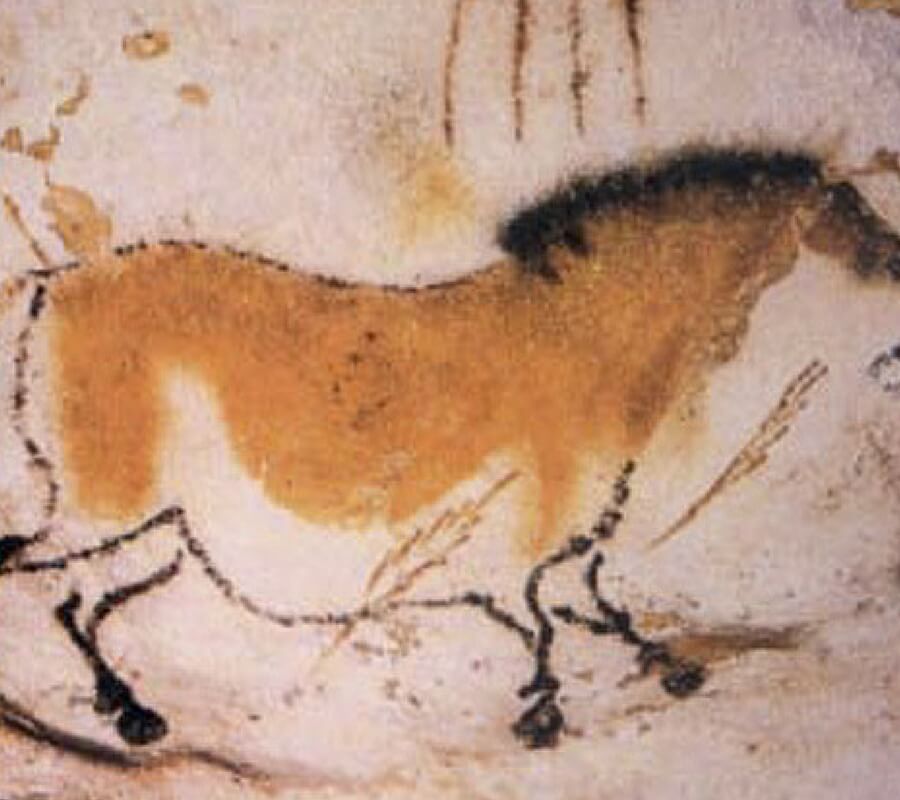
Sculptures, cave paintings, rock paintings and petroglyphs from the Upper Paleolithic period dating back 40,000 years are often cited as the first incidents of art. But, there have been other instances that are actually even older than that.
Art objects like a series of tiny patterns drilled into snail shells were found in South Africa and date back 75,000 years. In 2014, etched shells by homo erectus from 430,000 and 540,000 years ago were found as well. Also, containers that may have been used to hold paints have been found dating as far back as 100,000 years.
Bow And Arrow

The bow and arrow appear around the transition from the Upper Paleolithic to the Mesolithic eras. After the end of the last glacial period, use of bows seems to have spread to every inhabited continent. The oldest extant bow found was the Holmegaard bows from Denmark which were dated to 9,000 BCE.
The bow was an important weapon for both hunting and warfare from prehistoric times until the widespread use of gunpowder in the 16th century. The high-performance bows we see today are still based off of the Holmegaard bows which shows just how structurally efficient they were.
Jewelry
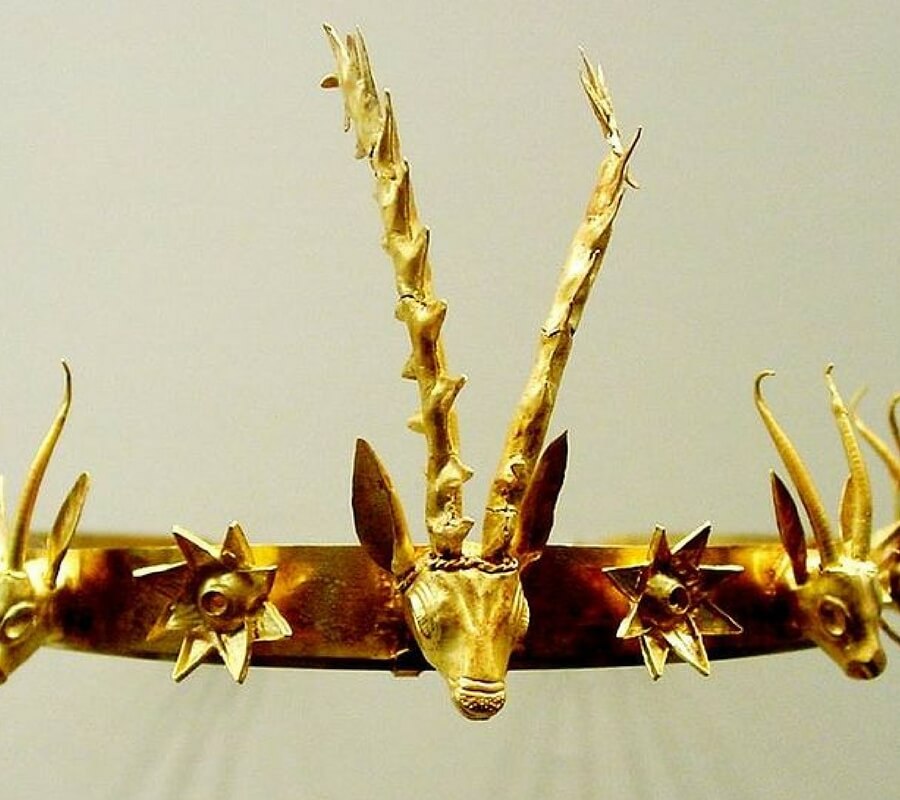
The earliest known jewelry was actually not created by humans, but by a Neanderthal living in Europe. Perforated beads made from small sea shells have been found dating to 115,000 years ago in the Cueva de Los Aviones, a cave along the southeast coast of Spain.
The early humans would wear necklaces and bracelets of bone, teeth, berries, and stone hung on string or animal sinew. A decorated engraved pendant dating to around 11,000 BC and thought to be the oldest Mesolithic art in Britain.
Geographic Maps

Maps date back to 7th millennium BCE as a wall painting they think depicts the ancient Anatolian city of Catalhoyuk. Most of the first maps were all obviously carved in stone — for example, prehistoric alpine rock carvings of Mount Bego and Valcamonica.
Ancient Greeks and Romans created maps in the 6th century BCE. In the 2nd century AD, Ptolemy created the Geographia. This contained Ptolemy’s world map — the world then known to Western society. the continents on the map are given as Europe, Asia and Libya (Africa). There is the World Ocean only seen to the west.
Welfare

In Ancient Rome, there were quite a few programs in place that would provide its citizens with subsidized food. At first, it wasn’t an obligation but it would still happen quite a bit in communities because government officials and wealthy individuals would try to gain favor with the public.
There would be donations of corn and there was even a law that was passed that made some citizens of Rome get a certain amount of wheat for about half of the market price. They would also give away money to each Roman after they would have a military victory.


